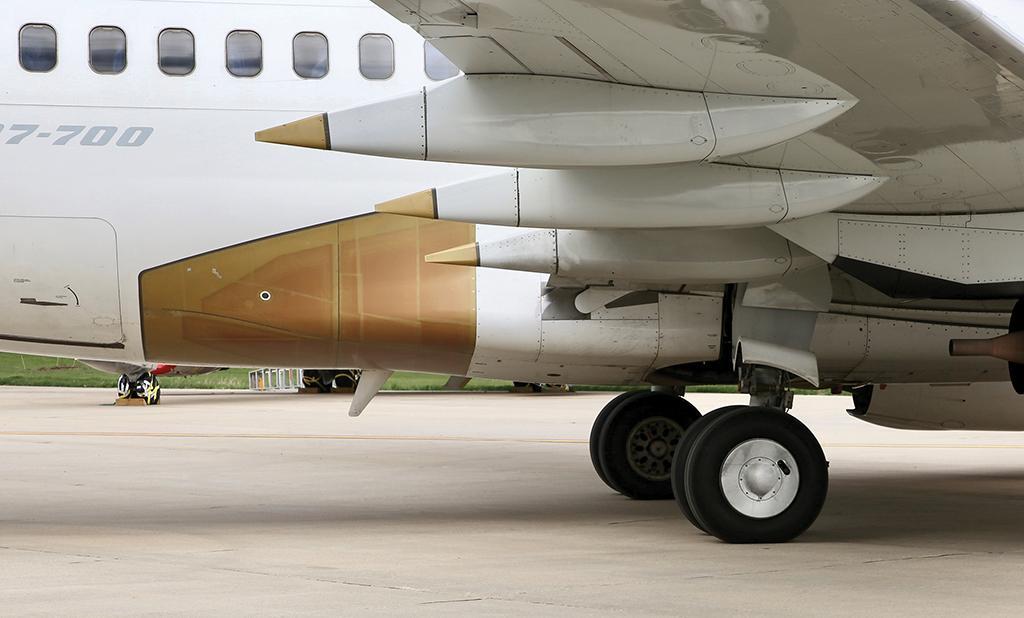
Credit: ADL
AAR Corp. is confident that its growing partnership with drag reduction kit developer Aero Design Labs (ADL) will prove lucrative as Boeing 737 operators sign up for the new kits and similar fuel-saving products are rolled out. Publicly unveiled in June along with a supplemental type certificate for...
Subscription Required
AAR Sees Promise In 737 Drag-Reduction Kit Partnership is published in Aviation Daily, an Aviation Week Intelligence Network (AWIN) Market Briefing and is included with your AWIN membership.
Already a member of AWIN or subscribe to Aviation Daily through your company? Login with your existing email and password
Not a member? Learn how to access the market intelligence and data you need to stay abreast of what's happening in the air transport community.






